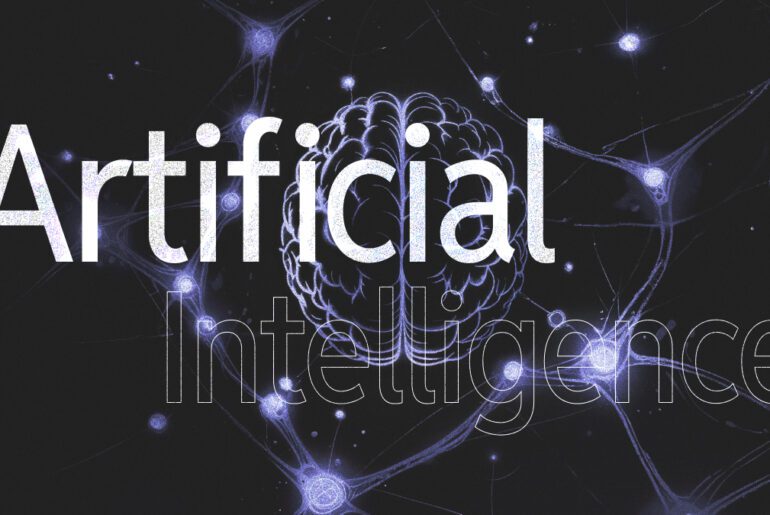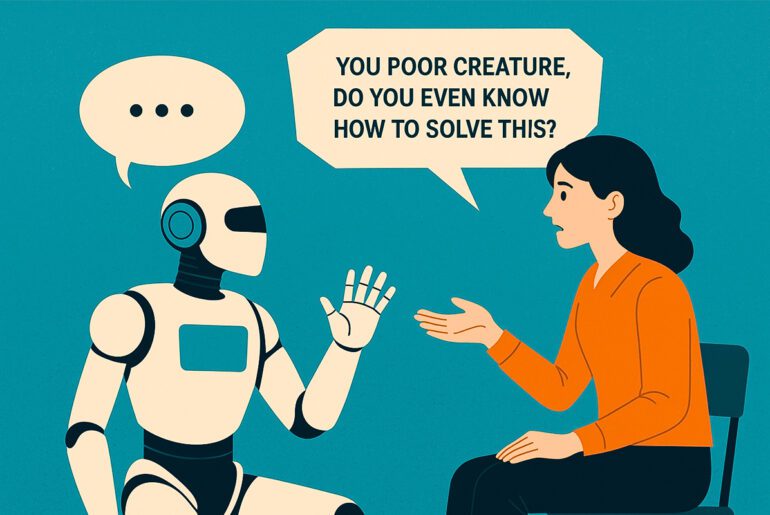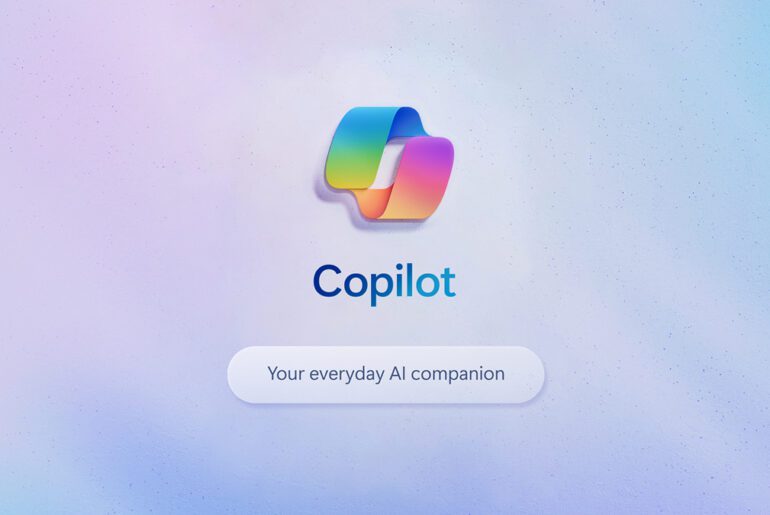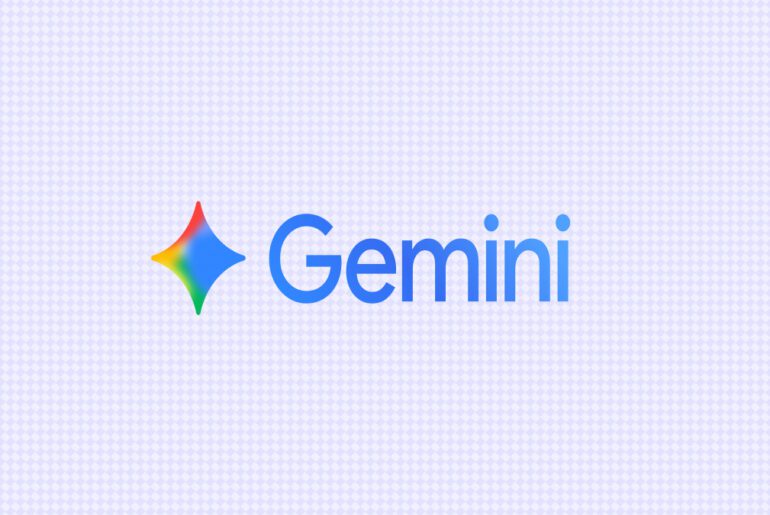OpenAI is no longer just helping people decide what to buy — it’s now helping them actually buy. On Monday, the company announced the rollout of Instant Checkout, a feature that allows users to complete purchases directly inside ChatGPT. The launch starts with Etsy sellers in the U.S. and will expand soon to over a million Shopify merchants.
For users, the experience is seamless: ask ChatGPT for a “housewarming gift under $100,” and the assistant can surface pottery sets or handmade mugs from Etsy. Instead of redirecting to a website, the app now presents a “Buy” button, payment options like Apple Pay or Google Pay, and order tracking inside ChatGPT. The seller still sends the confirmation email, handles fulfillment, and manages customer support.
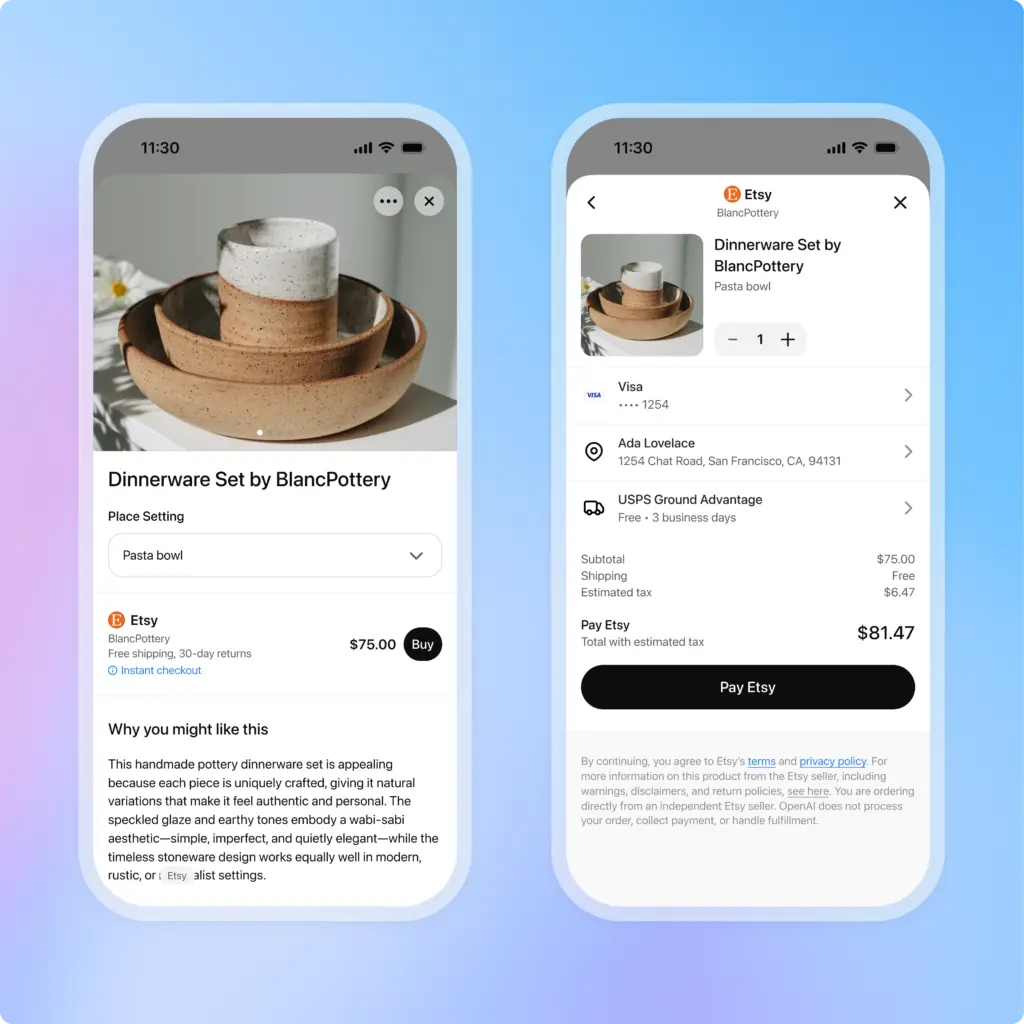
Behind the feature is a new open standard called the Agentic Commerce Protocol (ACP), developed by OpenAI with Stripe. The protocol is designed to let AI agents interact safely and flexibly with merchant systems. Importantly, it keeps sellers as the merchant of record, meaning they maintain full control over payments, refunds, and customer relationships. ACP is open-sourced, and OpenAI hopes it becomes the backbone of what it calls agentic commerce.
The financial model is straightforward: merchants only pay a small fee on completed sales, refunded if an order is returned. Discovery inside ChatGPT remains free. That puts OpenAI in an intriguing position — one where its AI isn’t just a recommendation engine but a transactional layer sitting between consumers and the wider web.
The timing matters. Google has been pushing its own agent-native payments protocol, and Amazon is testing AI-driven shopping search. Analysts note that whichever standard gains traction fastest could shape the future of how commerce flows through conversational interfaces. “This is less about one checkout button and more about who controls the rails of AI commerce,” one payments executive told Reuters.
For now, Instant Checkout is limited: it supports single-item purchases, U.S. buyers and sellers only, and Etsy integrations out of the box. But Shopify’s inclusion is imminent, and OpenAI says global expansion is on the roadmap. That raises big questions about adoption. Will merchants embrace yet another channel, or will ChatGPT actually drive incremental sales that make the integration worth it?
It also raises questions of trust and liability. If an AI recommends the wrong product or a purchase fails, who’s accountable? OpenAI emphasizes that merchants own the customer journey after checkout, but regulators in Europe and the U.S. are already paying attention to how agentic commerce will intersect with consumer protections.
What’s clear is that OpenAI has crossed a threshold. ChatGPT is no longer just the place you ask what to buy; it’s a place you can actually do the buying. That puts it in direct competition with traditional e-commerce platforms, even as it promises to boost them. Whether ACP becomes the universal language of AI shopping — or just one standard among many — will determine if this experiment reshapes the web’s commercial backbone.
Reflection
For the average person, this shift means shopping online could soon feel very different. Instead of opening a browser, searching through dozens of sites, and comparing checkout flows, you may just tell ChatGPT what you want and approve a single, streamlined purchase. That’s convenient—but it also concentrates power in the hands of a few AI platforms. If most purchases start and finish inside one assistant, people may find themselves relying less on traditional search engines or even marketplaces like Amazon’s homepage. This could change how products are discovered: the visibility of a ceramic mug, a pair of sneakers, or even a brand itself might depend less on ads or SEO tricks and more on how well they show up in AI-driven rankings.
There are trade-offs. On the plus side, shopping becomes faster, less cluttered, and potentially less biased by endless ads. On the downside, consumers may lose some of the agency that comes with browsing across multiple stores. Questions of trust also loom large: if the AI misunderstands your request, recommends a poor-quality product, or gets shipping details wrong, the line between platform and seller blurs.
In practical terms, most people won’t feel the full effect immediately. At launch, it’s U.S.-only, single items, and limited to Etsy sellers. But the direction is clear: the familiar process of “search, click, compare, buy” is being compressed into a single conversation. For everyday shoppers, that could mean less time hunting and more time simply deciding yes or no to a purchase—while quietly, behind the scenes, the balance of power in online retail begins to shift.





